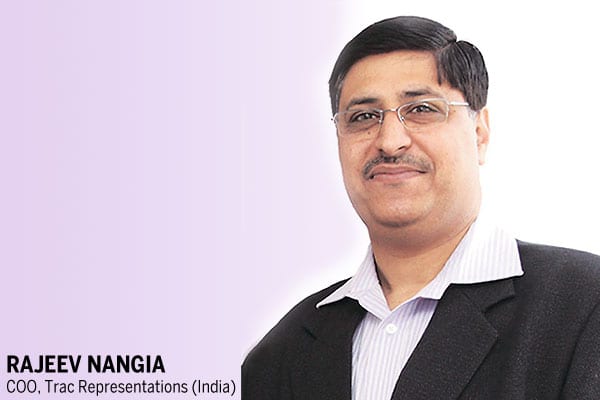Kenya continues to attract Indian travellers
In the past few years Kenya has only grown on India’s outbound tourism map. From an emerging market to showcasing its true potential, Kenya keeps adding new offerings for the tourists. Marking a 30 per cent growth in visitor arrivals from January to July in 2016, India has already become the third largest source market for Kenya. The tourism board was further looking to attract 70,000 Indian visitors in 2016, and increasing this number to one lakh arrivals by 2018. Last year, Kenya Airways launched the Kenya Kalling travel trade incentive and consumer campaign to ensure visibility of the destination throughout the year. It has been a major step towards educating the travel trade about what lies in the destination and how it can be promoted.
“Kenya is a country of heritage, traditions and scenic landscapes, ranging from snowcapped mountains to beaches. The magical highlights of Kenya include not just the safari but exclusive experiences like hand-feeding giraffes and hot air ballooning,” said Rajeev Nangia, COO, Trac Representations (India).
It has some unique offerings and keeps experimenting to attract the new age traveller. Destinations like Mombasa, Kisumu city, Nairobi along with the traditional safaris just add to what this country has to offer. Kenya has also promoted itself as a MICE destination for the India outbound. Over the last few years the conferencing business has seen a marked growth with some key global conferences taking place in Kenya. It worked on building infrastructure and adding airline connectivity to become a preferred destination.
Last year the president had also announced a range of new incentives put in place to encourage tourism in the country. As part of the US$ 11.7 million Charter Incentive Scheme, charter airlines which travel to the coastal cities of Mombasa and Malindi, were able to land without any cost. Charter airlines were also further incentivised as the ministry had announced that they will be subsidised by US$ 30 per every passenger brought to the region. The scheme continues until June 30, 2018.

